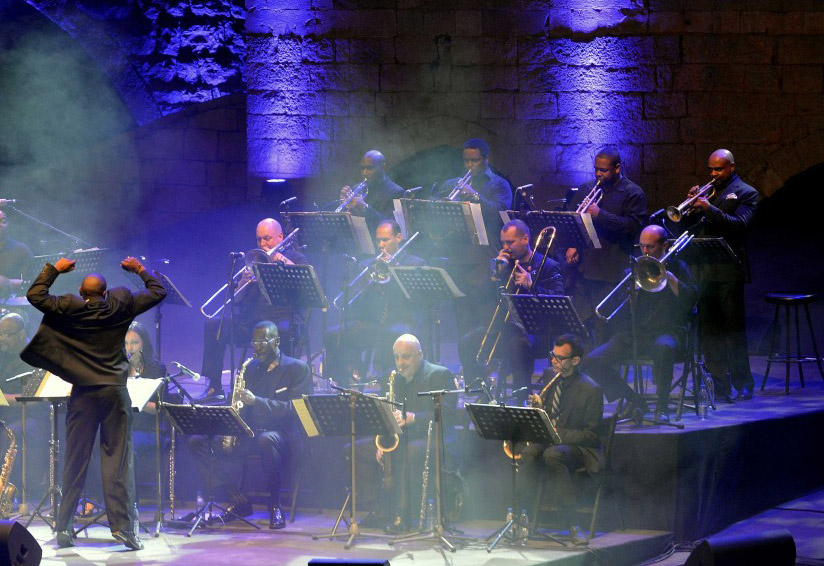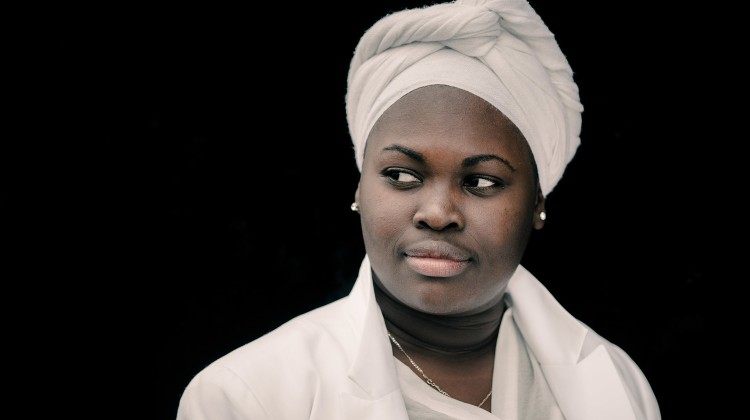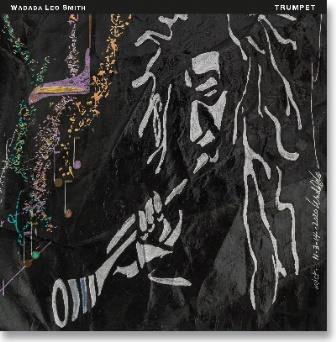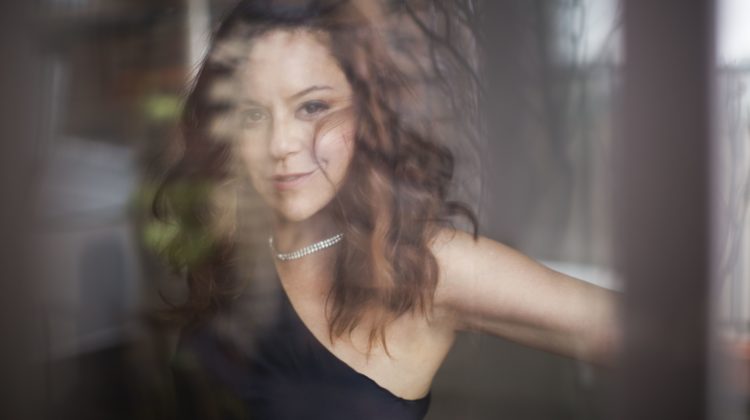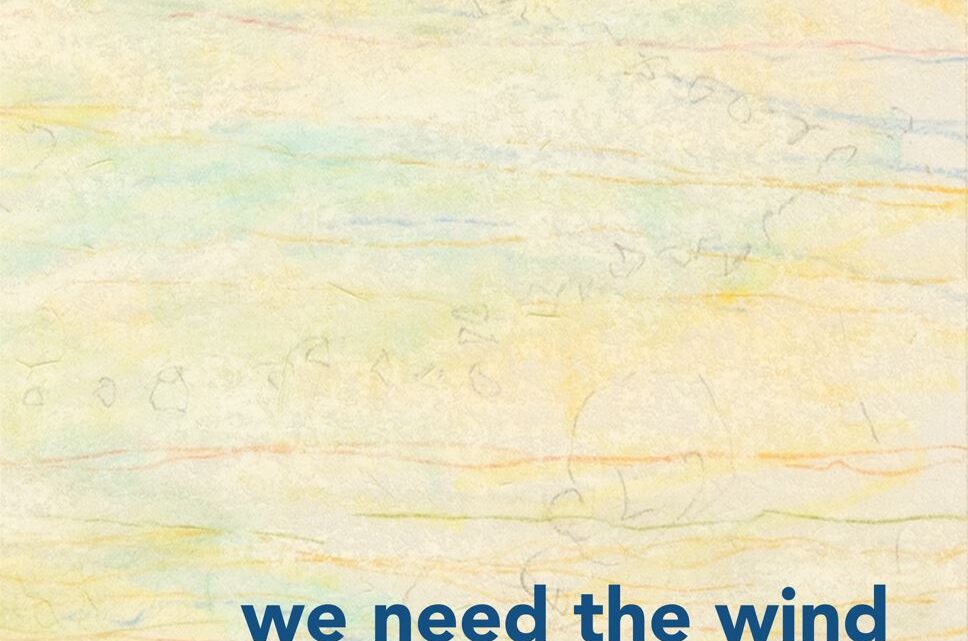NEW YORK CITY, N.Y. – Brian Scarborough is a standout trombonist who has made a mark for himself both as a performer and composer. With music described as “…simultaneously stimulating and accessible, refreshingly modern and rooted in tradition,” (Chicago Jazz Magazine), Scarborough continues his trend of blending tradition with innovation as he presents his second album as a bandleader, We Need The Wind. Lauded by trombone legend Michael Dease as a recording that “beautifully captures… Scarborough’s attractive tone and vibrant melodic playing,” We Need The Wind once more showcases the brilliantly organic melodies that Scarborough is known for, yet steps boldly into an exploration of new colors and harmonies. Conceptually inspired by Scarborough’s own restorative healing process as an artist following the COVID-era pandemic, We Need The Wind paradoxically stands as both deeply introspective yet universally appealing.
Autobiographical in concept, We Need The Wind is an emotive, honest album that wears its composer’s heart on its sleeve. Steeped in the earnest feelings Scarborough experienced at the point each composition was created, the album – and its intentional track placement – allows a listener to step into the shoes of the artist as he wrestles with the world changing, begins to understand and hope again, and takes steps to grow ever higher through the experience that had once felt shattering. “Inspired by experiences and emotions felt during the global pandemic, and reflecting upon the state of society and the world at large, this project reflects on my experiences during this deeply troubling time,” Scarborough says. “We Need The Wind documents my journey through this experience and the healing process, personally and artistically.”
The album’s title, We Need The Wind, and that of the track from which its name is derived, was inspired by an image that came to Scarborough’s mind while musing on the intricacies of the COVID and post-COVID society. The idea that struck Scarborough was that of prayer flags. Rooted in the Buddhist tradition, practitioners believe that as the wind blows the flags it carries with it the mantras, blessings, and petitions to wherever the breeze may take them. “While not traditional prayers, the idea of mother nature spreading messages of hope, kindness, empathy, and so on, via the wind stuck with me,” Scarborough explains. “The idea of these messages being passed along organically was powerful; actions and messages without a religious, ideological, or generally moral dessert angle.” The imagery of this concept is carried further and visually represented through the album artwork which was, like on Scarborough’s previous album, designed and crafted by his aunt, Patricia Scarborough. The lines in the artwork represent the various colors of the prayer flags, which then blend and mix in the wind. As these mix, a viewer may notice the intertwining of pencil flowing, creating a non-specific visual representation of a universal language as the blessings are transported upon the breeze.
Compositionally, Scarborough presents a shift in sonic palette on We Need The Wind as compared to his previous release Sunflower Song. The composer and bandleader describes the writing process for this album as liberating, acting as the start of a new chapter where he is enabled to step in new directions and begin new musical definitions of self. “Following the release of Sunflower Song, I felt a freedom when I was composing,” Scarborough says, “like the music for that project was written, recorded, and I was free to move on.” The artist describes his approach on We Need The Wind as leaning more actively into the emotions he felt permeating each piece during the compositional phase. This, coupled with an exploration of new harmonic concepts while still heavily prioritizing his idiomatic emphasis of organic development of melody, led Scarborough to create music that feels deeply true to his identity while unequivocally showcasing an artistic development.
The album’s track listing features a wide array of emotions and showcases each one poignantly. One such example is the contrast between the album’s first two tracks, “Broken” and “3E”, respectively. The opening track’s melody is in itself a kind of metaphor for the artist’s experience as the COVID-19 pandemic began. Written at the start of the global lockdowns, Scarborough found himself feeling, as the title suggests, broken, and this piece sat unharmonized as a lone melody for quite some time. Later, as Scarborough’s perspective had changed, he revisited this tune and turned it from a relic of a darker time into a monument to what had been overcome. The subsequent track, “3E”, was inspired by a Zoom call during the Pandemic with Scarborough’s former roommate in Chicago. They quickly found themselves entangled in a conversation full of reminiscing, laughter, and talk of music that lit some initial sparks of inspiration. As Scarborough mulled over the conversation for the next few days, he soon found himself writing down a piece that became a dedication to camaraderie. “The title was clear from the very beginning,” Scarborough says wryly. “It had to be dedicated to our old apartment, 3E.” The album’s overarching metaphor of Buddhist prayer flags is continued throughout the album and is exemplified most evidently on “One of One”. Beginning with a simple melody performed in unison by the saxophone and trombone, “One of One” takes inspiration from the concept of the Buddhist chant. Halfway through this melody, the two instruments split, with the trombone maintaining the established melody and the saxophone improvising atop it. In this setting, the dual melodies further evoke the idea of the prayer flags: the consistency of the trombone melody represents the ever-present flag as it flows, while the saxophone’s improvisations embody the idea of the wind carrying the prayers to far-flung corners.
Like with any masterful recording, the bandleader’s vision must be executed by an ensemble prepared to rise to the occasion. In Scarborough’s case, his album was attended to by “…a band filled with some of Kansas City’s finest players; committed to each musical moment and elevating the music to its highest level.” We Need The Wind boasts a personnel list of Matt Otto on tenor saxophone, Roger Wilder on Fender Rhodes, Jeff Harshbarger on bass, Brian Steever on drum set, and the bandleader, Brian Scarborough, on trombone.
With We Need The Wind, Scarborough displays himself candidly and without pretense as a composer and performer capable not only of grandiose creative gestures, but also of the subtle, the infinitesimal, and the immeasurably intimate. It is in this nuanced emotive honesty that the brilliance of Scarborough’s work is displayed as he cultivates the ability to appeal not just to the head but to the very soul of his audience.
We Need The Wind releases on Outside in Music on February 23rd, 2024
OUTSIDE IN MUSIC is a record label and media company that exists to serve musicians. We are a community that strives to lift its artists above the noise of the 21st-century music industry and make music that expresses the sounds of today’s wide-ranging jazz and creative music scene.



